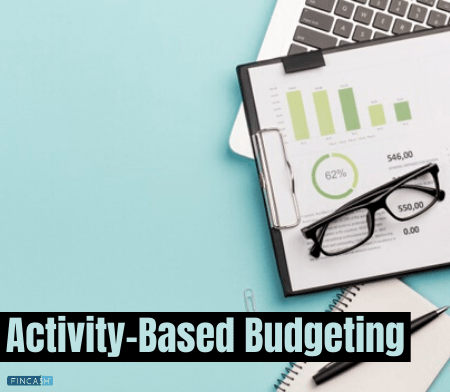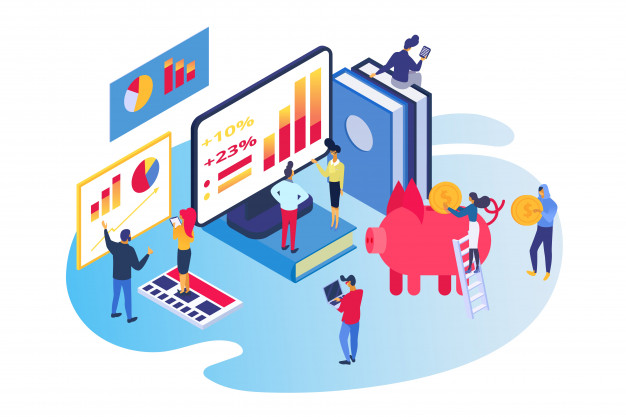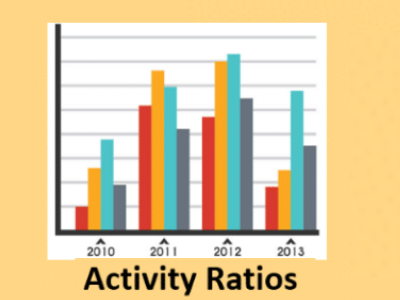What is Activity-Based Costing (ABC)?
The Activity-Based Costing is a method of Accounting, wherein one can employ to derive the total cost of activities involved to make a product. This method assigns costs to each activity that is employed in production. This could be the number of hours employed, the number of workers testing a product, machine setup, etc.

Various businesses determine their costs by taking the overhead expenses and allocating it evenly among products. However, the problem here is that certain products use more overhead costs when compared to other products. Therefore, the cost of making each product is inaccurate under this method.
Certain businesses also use the cost of goods sold to understand how much cost is incurred to manufacture a product. But this method focuses on direct costs and does not include indirect expenses like overhead costs, etc.
The ABC method of accounting allows businesses to take the direct and overhead costs of producing a product into consideration. Businesses will be able to identify the indirect expenses of different products incur. Assigning direct and overhead expenses to products will help to get accurate prices. This method will also help determine which overhead costs can be cut back on.
Talk to our investment specialist
5 Steps for Activity-Based Costing Method
It is important to understand the steps involved in assigning costs to activities involved in Manufacturing product. They are mentioned below:
- Identify activities involved in creating a product.
- Separate each activity into its own cost group which is a section of individual costs tied to activity.
- Determine the total overhead of each cost section For eg: Purchasing could be its own cost section.
- Assign cost drivers to each cost section. These drivers could be the number of units, hours, etc. These are responsible for changing the costs. For eg. The cost driver for purchasing is the number of units bought.
- Now divide the total overhead in each cost section by the drivers of the total cost. This will help you get the cost driver rate.
Example of Activity-Based Costing
Company XYZ wants to understand how much they were spending on manufacturing a product. The total bill for manufacturing a product in a year came to Rs. 40, 000.
The cost driver impacting the manufacturing process is the number of hours worked. They identified that the number of hours worked was 2000 hours for the year.
Now Company XYZ divided the total bill by the cost driver to get the cost drive rate. That means, Rs. 40,000/2000 hours. This brings the cost driver rate to Rs. 20.
All efforts have been made to ensure the information provided here is accurate. However, no guarantees are made regarding correctness of data. Please verify with scheme information document before making any investment.












